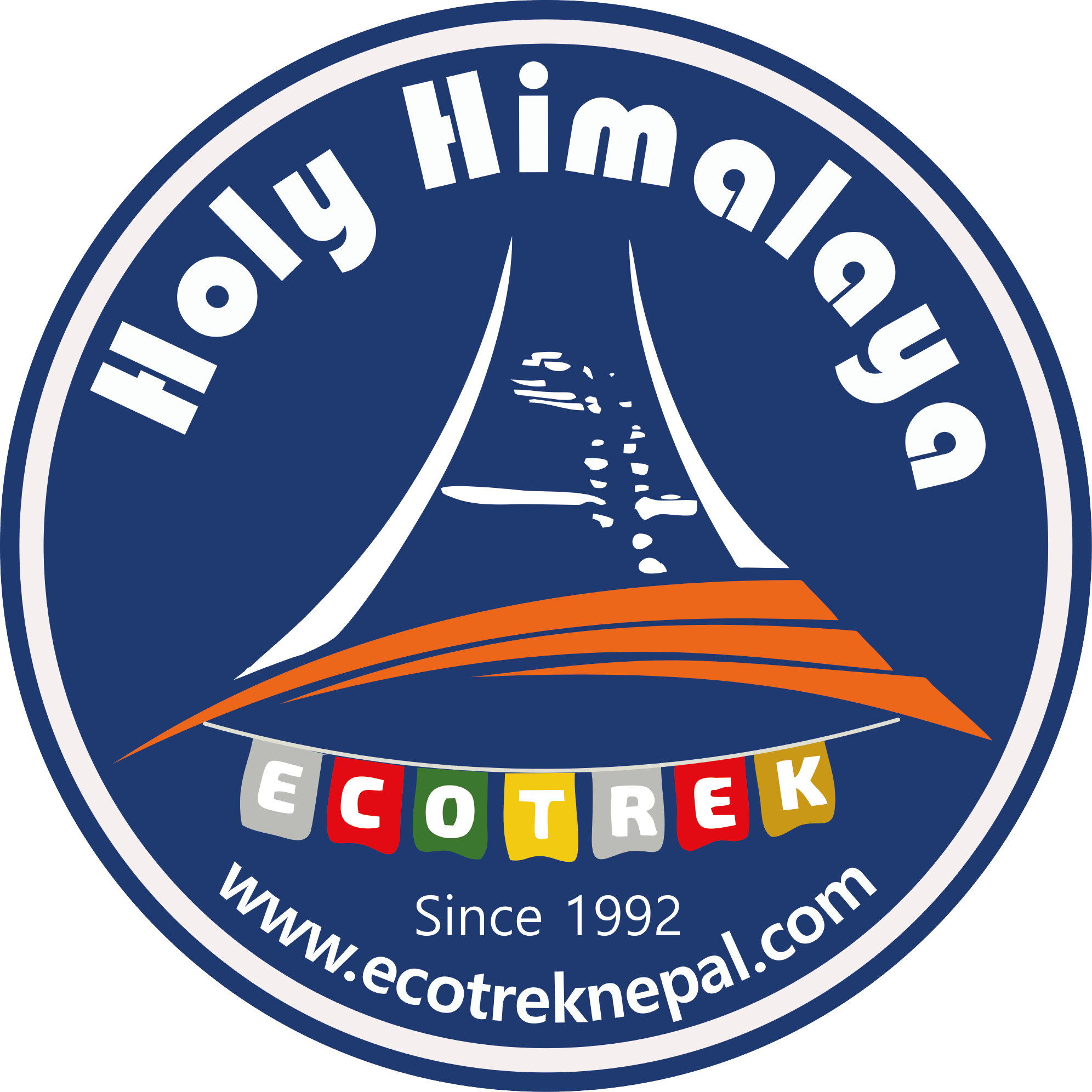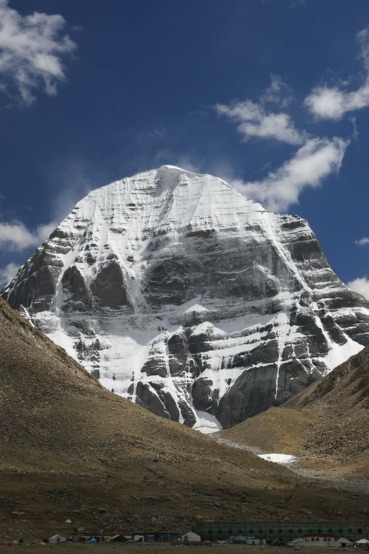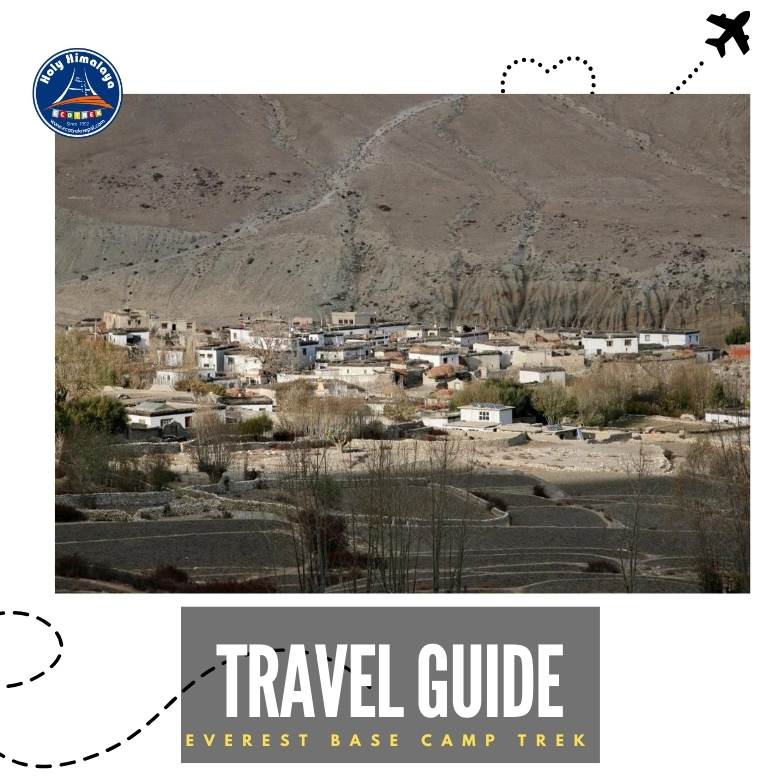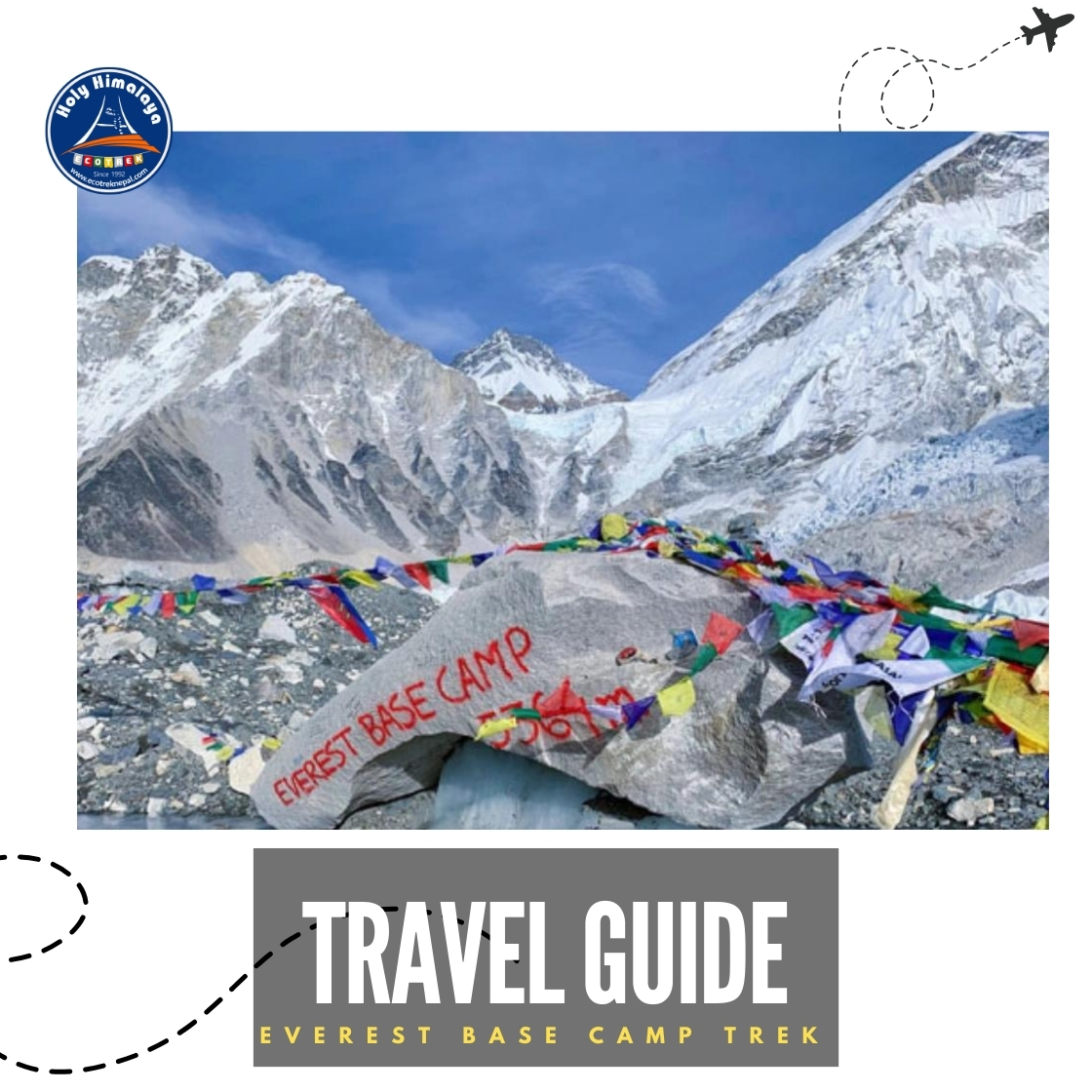Nestled in the rain shadow in the Himalayas of Nepal, the Upper Mustang is an upper part of the Mustang District, which was once a restricted kingdom until 1992. The charming place is known for having the most preserved religions in the world. This enchanting beauty is rich in culture, rugged and stark landscapes, and architecture.
With an elevation of 3,840 meters above sea level, Upper Mustang is one of the top destinations among foreigners and locals. In the current scenario, there is a huge interest in youths biking in the upper Mustang. It is a major, thrilling adventure activity done in the Upper Mustang.
Biking through the Upper Mustang is the best opportunity to witness the stunning views of the Himalayan desert. The trail offers you a magnificent view of Mt. Annapurna North (4,190 m), Mt. Dhaulagiri (8,167 m), Mt. Nilgiri (7061 m), Mt. Damodar (4890 m), and many other snow-capped peaks.
With the beauty of nature, the Upper Musang is famed for its unique attractions, including Lo Manthang, ancient monasteries and gompas, cave monasteries, trekking trails, and the famous Muktinath temple. Besides the destination, another major factor that attracts tourists to this fascinating place is its culture.
The capital of the former kingdom, Lo Manthang, was constructed in the 15th century at an elevation of 3800 meters above sea level. The place offers a unique way of life for true mountain people. The fascinating place is known for its remoteness and high-altitude landscapes. The city walls, monasteries, and ancient king’s palace are the major attractions of this historical place.
Home to major monasteries, Upper Mustang has its own historical significance and cultural importance as well. Some of them have been mentioned below:
- Thubchen Monastery: The old monastery is known for its religion, murals, and role in preserving Tibetan Buddhist culture. It is one of the most important monasteries in the Lo Manthang.
- Jampa Monastery: Another crucial monastery situated in Lo Manthang, Jampa Monastery holds its own historical significance and is a landmark of the town.
- Chhoede Monastery: The serene ambiance and the architecture of historical Tibetan tradition are the major highlights of this monastery. The local people here visit Choede Monastry to worship the god.
- Sangda Monastery: This monastery is not exactly in Lo Manthang, but it's around the Upper Mustang, and it is one of the most visited places by travelers and locals in the area.

People and culture there
Upper Mustang is a district in Nepal that borders Tibet and is known for its unique culture, shaped by its geographical isolation and Tibetan influences. Here is an insight into the culture and people of Upper Mustang:
Cultural Aspect: Tibetan Buddhism: The main religion of Upper Mustang is Tibetan Buddhism, which has deeply affected this area’s way of life in terms of everyday activities, festivals, and customs. Monasteries are central to community life, with traditional Buddhist practices and rituals being quite common.
Festivals: Key festivals include the Tiji Festival, a three-day celebration in Lo Manthang that involves traditional dances and ceremonies meant to keep away evil spirits as well as invoke good luck in future years. Other celebrations, such as Lhosar (Tibetan New Year), are marked with traditional music, dance, and feasts.
Language: The primary language spoken is Mustangi, a Tibetan language. Nepali is likewise used, especially in interactions with outsiders and for professional purposes.
Architecture: Traditional architecture consists of stupas (Buddhist shrines) and monasteries with unique Tibetan designs. Homes are normally constructed from stone with flat roofs, tailored to the harsh climatic conditions.
Arts and Crafts: The area is known for its conventional Tibetan arts and crafts, which include thangka paintings, elaborate timber carvings, and hand-made rings. These gadgets regularly feature religious issues and motifs.
Economy: The economy is primarily based on animal husbandry (especially yaks and sheep), agriculture (inclusive of barley and potatoes), and alternates with Tibet. Some residents also engage in small-scale tourism-associated sports.
Hospitality: The human beings of Upper Mustang are known for their politeness and hospitality toward visitors. Traditional customs include imparting tea and nearby dishes as a part of a welcoming gesture.

Difficulty level
As the elevation is high, travelers may face some difficulties while on the trail. Some of the points are described below.
High Altitude: Upper Mustang is located at excessive altitudes (Lo Manthang itself is around 3,800 meters, or 12,500 feet above sea level). The altitude can cause altitude illness, and acclimatization is important.
Weather Conditions: The weather can be harsh, with strong winds and cold temperatures, especially in the iciest months. The excellent time to go is all through the spring (April–May) and autumn (September–October), when situations are extra favorable.
Remoteness: As you ascend along with the altitude, the region features rugged terrain. The trekking conditions may change as per the area.
Lack of Facilities: The remoteness of the place can only offer you limited facilities, as the accommodation and food may not be the same as compared to other trekking routes.
Trek duration
Generally, it depends on various factors in the trekking duration, but some of them make a huge impact, such as the itinerary chosen, route, physical stability, weather conditions, and altitude sickness. Usually, it takes people around 10–15 days to trek in the Upper Mustang, but if you want an easier way, you can take a jeep, which minimizes your days as compared to a full trek.
How do I reach?
1. Via Jomsom
This is the most popular route, which starts in Kathmandu or Pokhara. Then fly to Jomsom from Pokhara or Kathmandu. The flight from Pokhara to Jomsom takes approximately 20–30 minutes and gives marvelous views of the Annapurna and Dhaulagiri degrees. From Jomsom, trek north through the Kali Gandaki Gorge, passing through villages inclusive of Kagbeni, Chele, Syangbochen, and Ghami earlier than achieving Lo Manthang. The trek to Lo Manthang commonly takes around 10–14 days, depending on the pace and acclimatization. Dramatic landscapes, which include high wasteland terrain, conventional Tibetan-style villages, and monasteries. Cultural.
2. Via Muktinath
The starting point of this route will be Pokhara. Overland tour from Pokhara to Muktinath, followed by a trek to Jomsom and onwards to Upper Mustang. Then drive to Muktinath and travel with a jeep or bus from Pokhara to Muktinath by crossing the Kali Gandaki Gorge. The journey is lengthy and can be tough, taking approximately 8–12 hours. From here, you will start trekking from Muktinath to Lo Manthang. Starting from Muktinath, trek south through the village of Jomsom, then keep north to Lo Manthang. Alternatively, you could arrange for a jeep or helicopter to go to Jomsom and then start your trek from there.
3. Via the Upper Mustang Trek, directly from Nepalgunj
The starting The starting point of this route will be Nepalgunj. You can fly to Jomsom from Nepalgunj. Details: The adventure gives views of the Himalayas and the Kali Gandaki Gorge. Trek from Jomsom to Lo Manthang: as described within the Jomsom path, trek northwards to Lo Manthang. This course avoids the overland journey to Muktinath and immediately connects to the trek start line.
The best time to visit Upper Mustang
During the spring season, which is April to May, the weather is mild, the skies will be clear, and the temperature will be warmer as compared to wintry weather. Daytime temperatures are snug, and nights are cooler but now not too cold.
The view will be enhanced by the blooming wildflowers, making it a visually attractive time to go. The clean skies also offer top-notch perspectives of the encompassing mountains and terrain. Roads and hiking paths are comparatively easier.
Another best time is the autumn season, which starts from September to October. The skies are generally clear, and the temperatures are comfortable for hiking and outdoor activities. The panorama remains lush from the monsoon season, with colorful shades and clear views. The climate is favorable for images and sightseeing.

Permit
As already mentioned, Upper Mustang was once a kingdom and a restricted area. You need to obtain some permits to enter the area. Some of the most important ones are described below:
- Upper Mustang Restricted Area Permit: This permit is required for all the foreign trekkers who are willing to trek in the Upper Mustang area. It will cost you around $500, which is a 10-day permit. You can get the permit through your trekking agency or directly from the Department of Immigration in Kathmandu.
- TIMS Card (Trekking Information Management System): The TIMS card is specifically required for the trekking regions of Upper Mustang. It ensures the safety of trekkers in the region. It costs you around $20 per person to get the card. It can also be obtained from your trekking agency as well as from the TAAN office in Pokhara.
Trekking insurance
As trekking insurance provides financial protection and covers medical emergencies, trip cancellations, evacuations, and other unforeseen events that may take place during the trek, it is highly recommended that travelers get travel insurance when they are in Upper Mustang, as altitude sickness can be a major concern.
The trekking insurance also provides coverage for stolen gear, such as trekking equipment, cameras, etc. It also provides coverage in case of a trip cancellation or delay.
Accommodation on the trek
If you are planning to visit Upper Mustang, then you might be wondering what the accommodation facilities are there. In Upper Mustang, you can get various comfortable options. The main ones are listed below:
Tea Houses or Lodges: These are the most common and not unusual type of accommodation in Upper Mustang. They are primary guesthouses, providing rooms with easy furniture and shared facilities. Typically, they offer a bed, blankets, and a shared bathroom.
Homestays: Some villages offer homestay alternatives wherein vacationers stay with nearby households. They are much like tea houses, and the meals are normally provided by the host family.
Camping: For some trekkers, camping may be more exciting but requires bringing or arranging for tents and tenting gear. This is less common in comparison to other accommodation options.
Luxury Lodges (Limited): In recent years, some more comfortable lodges have been established in Lo Manthang. These offer higher facilities that have private rooms with better furniture, from bathrooms, and improved meal options. Still, they continue to be basic as compared to city requirements.

Food and drinks
The most common foods you can get in the Upper Mustang area are traditional Tibetan dishes as well as Nepali cuisine such as Dal Bhat, which is rice (Bhat) and lentil soup (dal), served with vegetables and pickles. You may get meat with it; you can also get momo and thukpa. You can also find pizza, pasta, and instant noodles.
Drinks: Tea, milk tea, butter tea, coffee, and bottled water are available in most towns and important stops; however, they may be costly. Chang is a conventional Tibetan barley beer, regularly brewed domestically. It’s normally served in traditional cups. Likewise, Raksi is a local distilled spirit crafted from millet or rice. It’s effective and traditionally fed in small quantities.
Altitude sickness
As mentioned before, the altitude of Upper Mustang is 4,000 m above sea level, and because the atmospheric pressure is low, there is a high chance of getting altitude sickness.
The main three types of altitude sickness are listed below:
Acute Mountain Sickness (AMS): It is the first stage of altitude sickness and is normal, as the symptoms can be seen within 12 to 24 hours of reaching higher altitude. Loss of appetite, nausea, or vomiting, nose bleeding, and shortness of breath are some of the symptoms of it.
High-Altitude Pulmonary Edema (HAPE): This is the second step and is more advanced than AMS. It is caused by excess fluid in the lungs, which causes difficulty breathing, which is life-threatening. Some of the symptoms are coughing, rapid breathing, blue skin color, etc.
High-Altitude Cerebral Edema (HACE): It is a rare kind of altitude sickness that generally occurs at altitudes above 6,000 meters. The trekkers usually go into a coma, and then death can occur. The symptoms of HACE are fever, ataxia, rapid heartbeat, etc.
How to prevent altitude sickness
Following the following steps can help you prevent altitude sickness.
- Climb slowly
- Eat carbs
- Avoid alcohol
- Stay hydrated
- Take it easy.
- Medication
- Sleep lower

Porters
For hiring a porter for your Uppper Mustang trip, it depends on various factors. It is an easier option and helps you in various ways. If you have good physical health and are sure that you can reach your destination by yourself, then you don’t need a porter. It also depends on the weight of your backpack, as it can be hard to climb up carrying a heavy load on your back. Generally, the daily rates of porters in Tibet range from $20 to $30 or more.
Guides
Having a guide for Upper Mustang is not mandatory, but hiring them can be very beneficial as they help you in many ways. Guides have a high level of knowledge of the place, such as landmarks and alternative routes. They also provide you with safety and emergency assistance, which is very important while on the trip.
Guides also promote positive tourism practices. They also motivate travelers and encourage them to reach their desired destinations when they are physically and mentally weak. Generally, the daily rates of guides in Tibet range from $25 to $40 or more.
Charging equipment along the trail
As facilities may be limited, having your own power source, such as a portable power bank or solar charger, can be helpful to keep your devices charged while on the trail towards Upper Mustang. Appropriate charging cables and adapters should be carried for phones, cameras, and other electronic devices. It may depend on the hotel or lodge where you are staying to determine if they provide electricity or not. You may have to pay a certain amount for it, ranging from $1 to $5 USD per day.
Shower on the trail
Most tea houses and lodges along the trekking route provide fundamental amenities, together with warm water for showers. However, the availability and quality of shower centers may be pretty variable. In major stops like Lo Manthang and Jomsom, you’re much more likely to discover tea houses with better centers, consisting of warm showers. The price of these showers can range from $3 to $10 based on the location and facilities of the lodge or tea house where you are staying.
Rules and regulations need to be followed in the Upper Mustang area.
· Avoid littering, and waste disposal should be done properly.
· To minimize the impact on the environment and damage fragile ecosystems, trekkers should stick to the designated trails.
· Obtaining the necessary permits or passes before entering the camp or trek area as per the requirement.
· Respect the culture, tradition, and customs of the local communities there.
· The plants, animals, or their habitat should not be disturbed or harmed by human activities.
· Leave a positive impact by engaging in responsible tourism practices.









